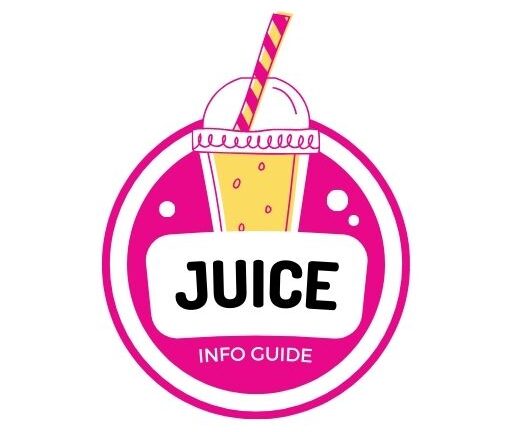If you’ve ever wondered how much orange juice is equal to one orange, you’re not alone. Whether you’re preparing a recipe, making fresh juice, or simply curious about the nutritional comparison, understanding the relationship between whole oranges and orange juice is essential. Let’s dive into the juicy details and uncover everything you need to know.
The Magic Conversion: Orange to Juice
On average, it takes two medium-sized oranges to produce one cup (240 ml) of orange juice. This estimate can vary depending on the variety of orange and its juiciness. For instance:
– Navel oranges tend to be less juicy compared to Valencia oranges, which are often used for juicing.
– Seasonal factors and ripeness also play a role in the amount of juice extracted.
If you’re squeezing by hand or using a juicer, expect each medium orange to yield approximately 1/2 cup (120 ml) of juice.
Whole Oranges vs. Orange Juice: A Nutritional Face-Off
While orange juice is undeniably convenient, whole oranges offer unique benefits that shouldn’t be overlooked. Here’s a quick comparison of the nutritional content between one medium orange (140 g) and one cup (240 ml) of fresh orange juice:
| Nutrient | Medium Orange (140 g) | 1 Cup Orange Juice (240 ml) |
|---|---|---|
| Calories | 62 | 110 |
| Sugar | 12 g | 21 g |
| Fiber | 3.1 g | 0.5 g |
| Vitamin C | 92% DV | 137% DV |
| Folate | 9% DV | 11% DV |
Key Takeaways:
- Fiber Content: Whole oranges are significantly higher in fiber, making them more filling and better for digestion.
- Sugar Levels: Orange juice contains nearly double the sugar of a single orange, which can lead to quicker spikes in blood sugar.
- Vitamin C Boost: Both options are rich in vitamin C, but orange juice offers a slightly higher concentration due to its volume.
Why Choose Whole Oranges Over Juice?
While fresh-squeezed orange juice is packed with flavor and nutrients, whole oranges have distinct advantages:
– Satiety: The fiber in whole oranges helps you feel fuller for longer.
– Lower Sugar Impact: The natural sugars in whole oranges are balanced with fiber, slowing down sugar absorption.
– Portion Control: It’s easier to overconsume calories and sugar when drinking juice compared to eating whole fruit.
For those watching their calorie or sugar intake, sticking with whole oranges might be the better choice.
When Orange Juice Shines
Despite its drawbacks, orange juice has its own set of perks:
- Convenience: It’s quicker and easier to drink a glass of juice than peel and eat multiple oranges.
- Vitamin Boost: A single serving of fresh orange juice can provide your entire daily requirement of vitamin C.
- Cooking and Baking: Many recipes call for orange juice rather than whole oranges for flavoring sauces, marinades, or desserts.
If you choose store-bought juice, opt for 100% pure orange juice with no added sugars or preservatives for maximum health benefits.
Tips for Making Fresh Orange Juice at Home
Want to enjoy fresh, nutrient-packed orange juice? Here’s how to do it right:
- Choose Juicy Varieties: Valencia or blood oranges work best for juicing.
- Roll Before You Squeeze: Gently roll the oranges on a countertop before cutting them—this helps release more juice.
- Use a Juicer or Reamer: A manual citrus reamer or electric juicer will maximize your yield.
- Drink Immediately: Freshly squeezed juice begins losing nutrients like vitamin C shortly after exposure to air.
How Much Juice Do You Need?
If your recipe calls for one cup of orange juice but you only have fresh oranges on hand, remember this rule of thumb:
– Use approximately two medium-sized oranges per cup of juice required.
For smaller quantities:
– Half an orange yields about 2 tablespoons (30 ml) of juice.
Final Thoughts on the Orange-to-Juice Ratio
Understanding how much orange juice equals one orange can help you make healthier choices and simplify your cooking adventures. While both options offer incredible flavor and nutrition, choosing between them depends on your goals:
– Looking for fiber and satiety? Go for whole oranges.
– Craving convenience or need liquid sunshine for a recipe? Fresh-squeezed orange juice is your answer.
So next time you’re holding an orange in one hand and a glass of OJ in the other, you’ll know exactly what you’re getting!
